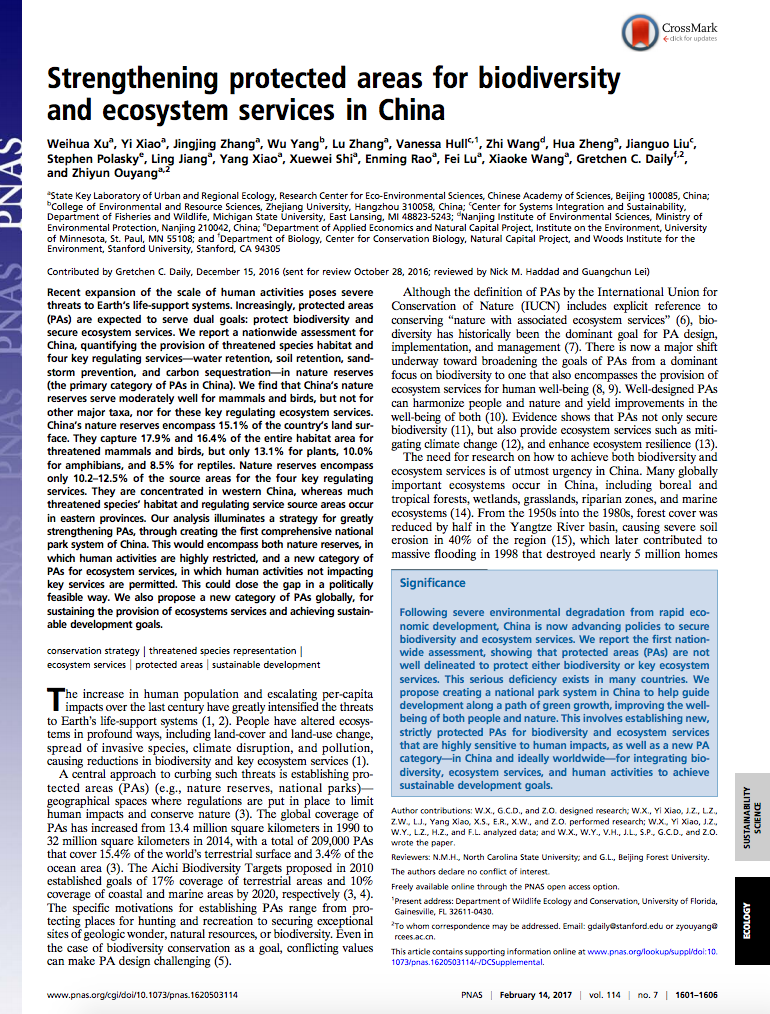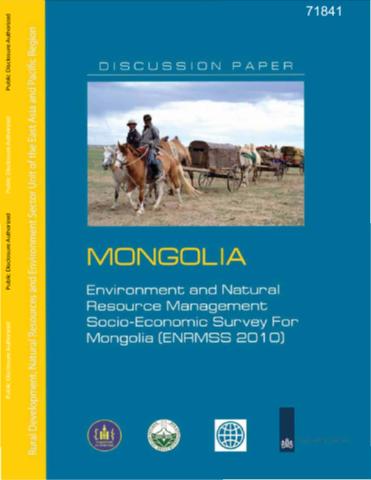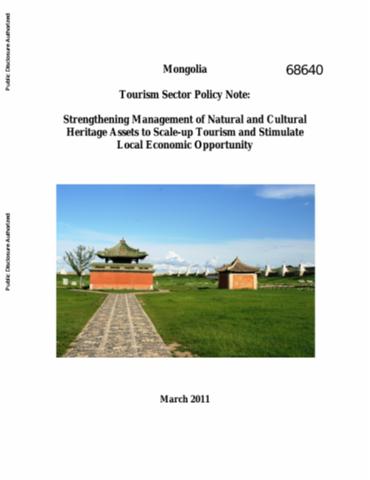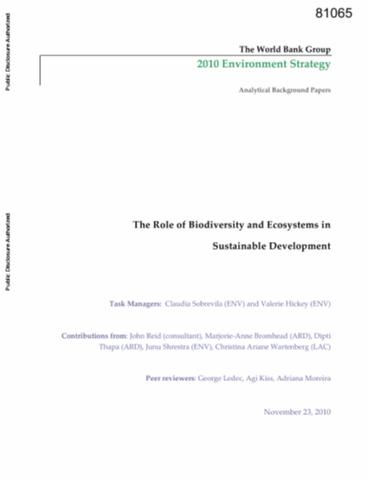Assessing the effectiveness of protected areas: paradoxes call for pluralism in evaluating conservation performance
To highlight and examine apparent paradoxes in assessing the effectiveness of different forms of land-use for biodiversity conservation. Tanzania. We compare and contrast the findings of two recent and seemingly conflicting studies on the effectiveness of conservation protection strategies in Tanzania. We evaluate these studies in the context of a wider body of evidence relating to the problem of determining protected area performance.








